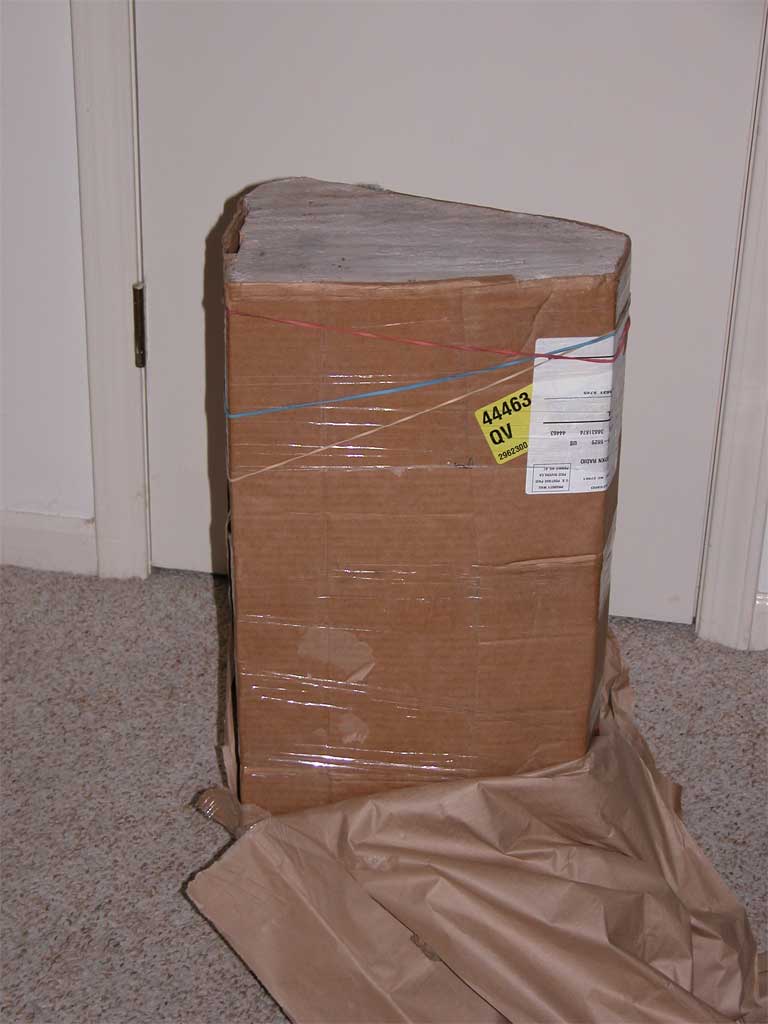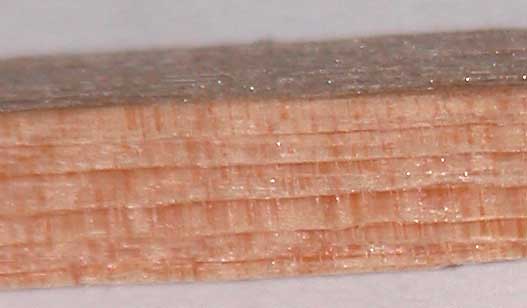As I mentioned in another thread, I just received a sample bolt from
Alaska Tonewoods. As I mentioned in yet another thread, I'm very tactile,
hands-on; I wanted to see what sitka was like 'on the hoof', and I
thought I would ask folks to help me orient myself to this big block of
wood.
It is 26" long, 9" across the widest part of the outside arc, 3.5" across the
inside arc, and 12" between the two arcs. I'm making the terminology up
- are these what're called the wide & the tight?


It is sort of a dark-balsawood, light-cedar color - not *that* dark, but
certainly not creamy white - on the outside; the end I've exposed is
waxed; the cardboard sheathing inside the outer wrapping is damp to
the touch, and it's quite heavy - 60#, easy - maybe 75. Sizing it up
visually, it looks like maybe 40#
What is the best way to proceed with a rough bolt w/ so much water in it?
leave it as-is for the next year? Cut it into bolts now? Tops?
When I exposed the end, the was a small sliver I was able to detach from
the outside surface; after a few passes w/ the vegetable peeler, I was able
to tell there are 5 dark ring-lines in a sliver 3/16" thick, implying a grain
count of 24-27 @ the outside edge. Does this tell me anything about the
quality of the wood? Does it tell me anything else about the wood, or
what I can expect from it?

It looks to me like there's 1 billet in here, 5" x 9", which optimally would
yield 10 sets. Is this a reasonable (or even a valid) way of estimating
yield? What's the best way to square up the bolt and trim the billet for
resawing?
I havent taken any more photos, as I don't know whether I can close it
back up properly & want to hear opinions before uncovering the the bolt
completely (the rubber bands in the pics are mine, I didn't want it drying
unevenly).
So, gentlemen: where am I off-base? What am I not looking at? What's
the proper terminology? What do I need to learn to process this bolt
efficiently and effectively? What can I look forward to?



